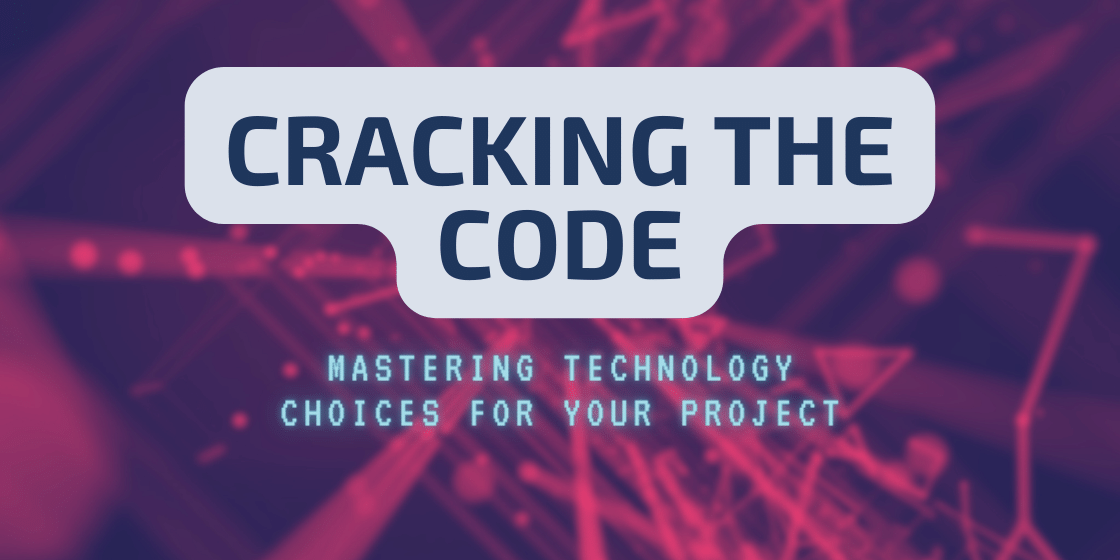In today’s digital age, technology plays a pivotal role in the success of any project, regardless of its scale or industry. Whether you’re a tech startup developing a groundbreaking application or a traditional business looking to enhance its operations, mastering technology choices is vital for achieving your project goals. Making the right decisions can save time, resources, and boost your overall efficiency. This blog post will guide you through the process of selecting the most suitable technologies for your project, ensuring that you make informed and strategic choices.
1. Understanding Your Project Requirements
The first step in mastering technology choices is to gain a deep understanding of your project’s requirements. Gather your team, stakeholders, and end-users to brainstorm and create a comprehensive list of all the functionalities and features your project demands. Consider factors such as scalability, security, performance, and user experience. This clear vision will act as a guiding light throughout the technology selection process.
2. Researching Available Technologies
With your project requirements in hand, it’s time to delve into the vast ocean of available technologies. Conduct thorough research on various programming languages, frameworks, databases, and tools that align with your project’s needs. Keep an eye on emerging trends and innovations that could potentially give your project a competitive edge. Make sure to read reviews, case studies, and seek recommendations from industry peers to get a well-rounded view.
3. Weighing the Pros and Cons
Every technology comes with its strengths and weaknesses. Now that you have a shortlist of potential candidates, evaluate them objectively. Consider factors such as development costs, ease of implementation, community support, and future scalability. Analyze the long-term implications of your choices, as adopting the wrong technology can be detrimental to your project’s success.
4. Seeking Expert Advice
If you’re not well-versed in the technical aspects or find it challenging to choose between technologies, don’t hesitate to seek expert advice. Consult with technology specialists, software architects, or experienced consultants who can provide valuable insights and recommendations. Their expertise can help you avoid common pitfalls and ensure a smoother development process.
5. Testing and Prototyping
Before fully committing to a technology stack, conduct tests and create prototypes. This step is crucial as it allows you to assess how well the technology aligns with your project’s requirements. Test for performance, security vulnerabilities, and compatibility with different devices and browsers. Prototyping will also give your team a hands-on experience, making it easier to identify potential challenges early on.
6. Considering Long-Term Sustainability
Technology evolves rapidly, and what might be cutting-edge today could become outdated tomorrow. As you finalize your technology choices, consider the long-term sustainability of your decisions. Opt for technologies with active developer communities and regular updates. This way, you can ensure that your project remains relevant and up-to-date in the future.
7. Scalability and Flexibility
As your project grows, it will require scalability and flexibility. Choose technologies that can accommodate your expansion plans seamlessly. Scalability ensures that your project can handle increased traffic and data as your user base grows. Flexibility allows you to adapt to changing market demands and integrate new features without overhauling your entire system.
Conclusion
Mastering technology choices for your project is a critical process that requires careful consideration and informed decision-making. By understanding your project’s requirements, researching available technologies, and evaluating their pros and cons, you can make strategic choices that align with your goals. Seek expert advice when needed, and always test and prototype before implementation. Prioritize long-term sustainability, scalability, and flexibility to future-proof your project.
Remember, the right technology stack can pave the way for a successful and efficient project, making all the difference between failure and triumph in today’s fast-paced digital landscape. So, take the time to crack the code and set your project on the path to excellence.







